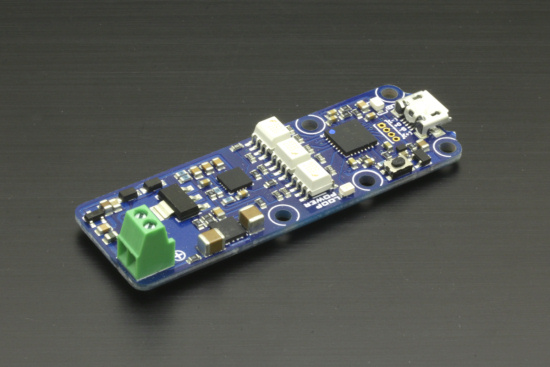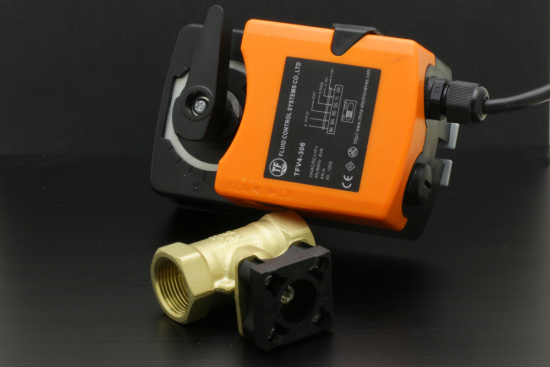![]() This week, we present the alter-ego of the Yocto-4-20mA-Rx, that is the Yocto-4-20mA-Tx. This small module enables you to control industrial actuators, as long as they have a 4-20mA input. Let's have a closer look, shall we?
This week, we present the alter-ego of the Yocto-4-20mA-Rx, that is the Yocto-4-20mA-Tx. This small module enables you to control industrial actuators, as long as they have a 4-20mA input. Let's have a closer look, shall we?
The Yocto-4-20mA-Tx is thus a 4-20mA signal generator. Mostly unknown to the general public, this type of signal transmits information by varying the current on a wire called "current loop". This technique is widely used in the industrial world because, in the opposite to varying the tension, it allows you to send a signal on very long distances without the latter undergoing any great alterations.

The brand new Yocto-4-20mA-Tx
Isolation and power supply
The Yocto-4-20mA-Tx is an isolated module: the USB part is electrically isolated from the 4-20mA part driving the current loop. Like most 4-20mA sensors, the isolated part takes its power supply directly in the current loop. Therefore, the current loop must be powered with a voltage in the 12V to 24V range: the Yocto-4-20mA-Tx needs at least 12V to work properly.
Extra features
The Yocto-4-20mA-Tx provides a few features that could prove interesting in the long run:
- It is able to detect when the loop is powered, it can also signal if this power supply is too low, that is under 12V.
- You can pre-program a startup signal value.
- It can automatically perform transitions between two signal values.
Connections
You can simply insert the Yocto-4-20mA-Tx between a 12V to 24V power supply and the 4-20mA input of the appliance you want to drive. Some devices even have a 24V output designed to power the loop.

Wiring depends on the loop power supply configuration.
Demo
As a conclusion, we prepared a small demo with a Yocto-4-20mA-Tx used to drive a proportional valve. Proportional valves are a very classic example of a device driven by a 4-20mA signal. We selected a cheap and fairly widespread 24V valve, but it has the disadvantage of being very slow. However, it consumes very little: less than 60 mA while working.

A 4-20mA driven proportional valve, made of the valve and its actuator.
Furthermore, we noticed that it has a 24V output to power a signal generator. However, this output doesn't seem to be powerful enough for a 4-20mA signal. A soon as we try to go above 7mA, the voltage drops below 12V. So we used the 24V power supply to power the loop directly. Nothing too damaging in the end, this doesn't even increase the total number of cables for wiring.

On this valve, the 24V output is not powerful enough, so we fell back on the 24V power supply
Here is a short video of the working system. It might be a bit slow for recreating the Bellagio fountains in your backyard. On the other hand, coupled with a flowmeter, you can certainly build a particularly smart watering system.


